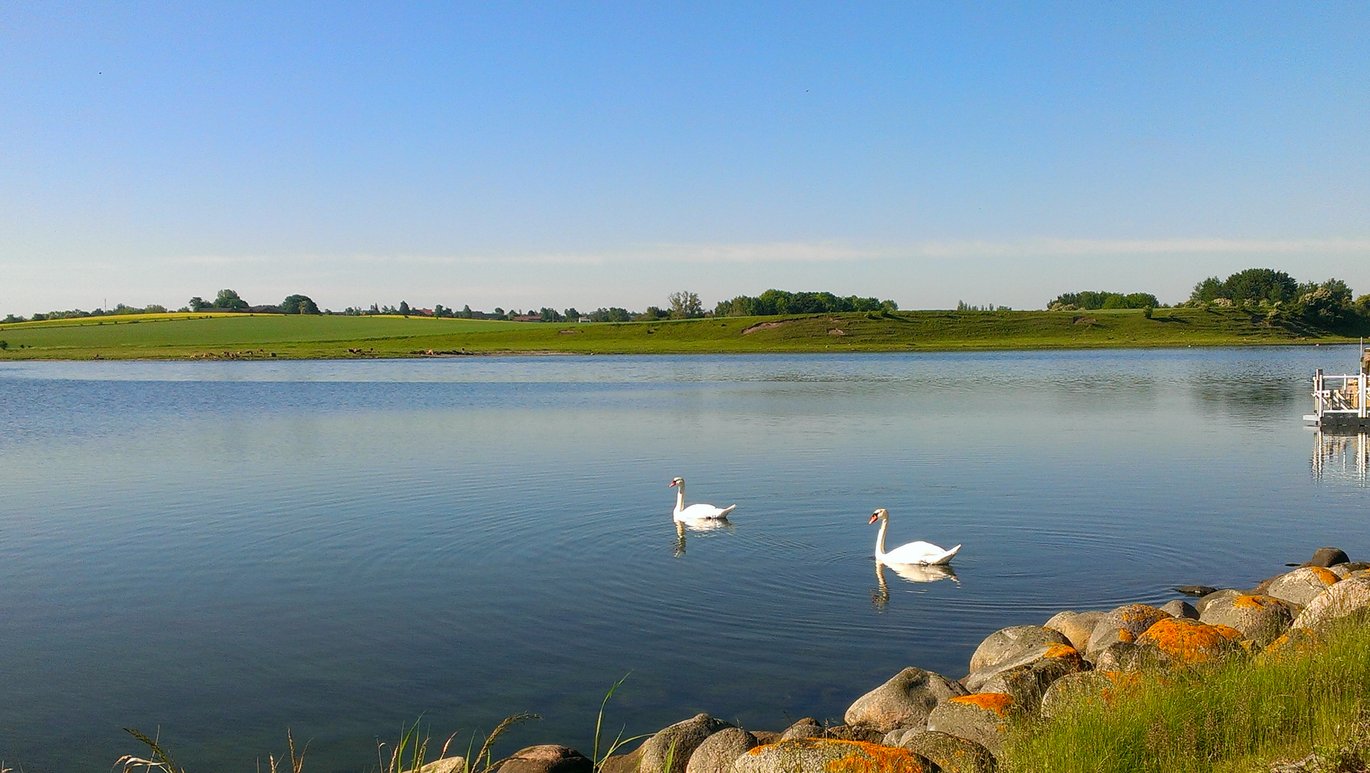AU-workshop on past nitrogen loads
Workshop brought experiences with estimation of nitrogen loads in the year 1900 into focus

In Denmark, it has been decided to use ecological conditions in the year 1900 as reference point defining high ecological status in coastal waters based on which an acceptable deviation will define ‘good ecological status’ – the status necessary to obtain in order to comply , with the EU Water Framework Directive. One of the parameters that affect the ecological status is the nitrogen loads from e.g. agricultural activities such as fertilization and soil cultivation and point sources such as households. As part of the environmental management it is therefore a goal to reduce nitrogen loads to a level that ensures good ecological status.
In order to use the year 1900 as reference point, an estimation of the actual amount of discharged nitrogen that year is needed. However, lack of data from that period of time complicates the estimation.
Aarhus University is undertaking an in-depth analysis of the main factors that may have influenced the whole nitrogen cycle, i.e. land use, and agricultural practices affecting nitrogen losses from the root zone as well as landscape features affecting nitrogen retention in groundwater and lakes and streams around the year 1900, and thus have influenced the level of nitrogen concentration in the stream water that reached the coast. This study should enable a coherent description of the nitrogen cycle from the soil to the coast back in time. In addition, the empirical basis for the estimation of nitrogen concentrations in streams will be extended with additional historical measurements from streams and groundwater. Finally, the analysis will look into how the occurrence of eel grass observed around the time of the year 1900 corresponds to the level of nitrogen emissions.
In order to get the best possible foundation for the analysis, DCA – Danish Centre for Food and Agriculture and DCE – Danish Centre for Environment and Energy, Aarhus University invited national and international experts and stakeholders within the field to attend a workshop. Here experiences with estimation of nitrogen loads back in time were shared and methods and models needed for the estimation were discussed.
DCE and DCA will now proceed with the analysis. The results will be published in a scientific DCE/DCA report by the end of March 2017 and will form the basis for the University's advice of Environmental and food Ministry.
The presentations from the workshop are listed below (however one of the presentations contained "not yet published data" and is not shown here):
Welcome (Hanne Bach, DCE Aarhus University, Denmark)
A short introduction to reference conditions (Poul Nordemann Jensen, DCE Aarhus University, Denmark)
Reconstruction of nutrient inputs and Baltic Sea environment during 20th Century (Bo Gustafsson, BNI Sweden/Stockholm University, Sweden)
Session 1 Land use, agriculture, landscape and drainage around the time of the year 1900 in Denmark and North West European countries:
A proxy for nitrogen concentrations in Danish streams around year 1900 (Brian Kronvang, Aarhus University, Denmark)
Agricultural land use and management: Implications for nitrogen leaching losses (Bent Tolstrup Christensen, Aarhus University, Denmark)
Assessment of changes in nitrogen retention in the landscape from year 1900 until present days (Hans Thodsen, Aarhus University, Denmark)
Session 2 Utilizing historical data to detect changes in hydrology and nitrogen concentrations and loadings around the time of the year 1900:
Analyses of background nitrogen concentrations in Sweden: evolution of landscape processes and hydrology (Alena Bartosova, SMHI, Sweden)
On the precipitation and temperature climate in Denmark around the time of the year 1900 (Flemming Vejen, DMI, Denmark)
Trends in discharge and climate during the last ca. 100 years (Jane Rosenstand Poulsen, Aarhus University, Denmark)
Atmospheric deposition of nitrogen around year 1900 (Jesper Heile Christensen, Aarhus University, Denmark)
Session 3 Methods applied to estimate hydrology and nitrogen concentrations and loadings around the time of the year 1900:
Modelling nutrient input to Central European surface waters in the 1880s to estimate reference conditions using the model MONERIS (Markus Venohr, IGB, Germany):
Can marine observations and models assist in setting nitrogen loadings around year 1900? (Stig Markager, Aarhus University, Denmark)
The Dutch approach for apportionment of diffuse sources of nutrients in surface waters (Erwin van Boekel, Wageningen University, Holland)
